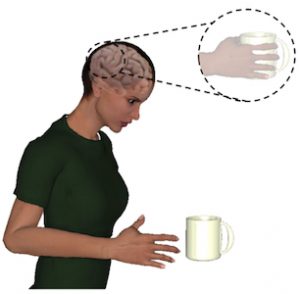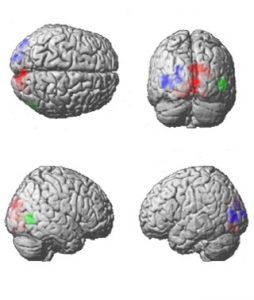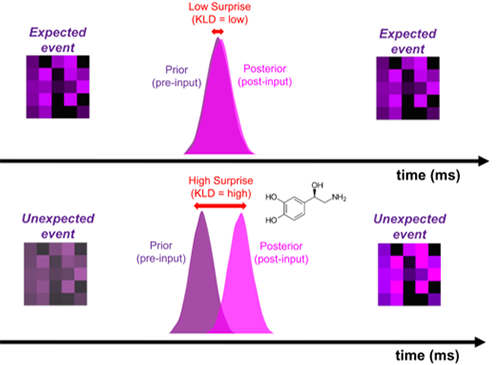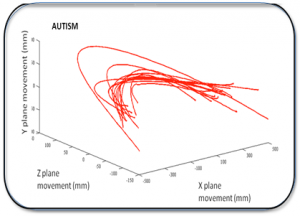In the Action and Perception Lab we examine a variety of questions relating to action and perception, and often the link between these domains. We use a range of methods, including psychophysics, functional magnetic resonance imaging, electroencephalography, magnetoencephalography and computational modelling. Below are some examples of the questions we ask.
The online influence of action on perception. Effectively acting on the world around us requires accurately predicting the consequences of our movements. We select actions based on their predicted outcomes and use these predictions to generate rapid corrective movements when we experience deviant sensory input. There is a range of evidence demonstrating that these predictions change the percept itself. We examine, with psychophysical and neural techniques, how these predictions help to shape our percepts during action, to render veridical percepts in the face of much internal and external sensory noise and a requirement to generate percepts rapidly.


Influences of expectation on perception. Given work in the stream above, we have also been considering how to marry current theories from action domains and other sensory cognition domains concerning how expectation influences perception. Specifically we have recently proposed a new theory of how we might render our perceptual experiences both veridical and informative via our expectations.

Action in autism spectrum conditions. Action control and sensory processing impairments are widely reported in individuals with autism spectrum conditions, but it is unclear what underlies these difficulties. Studies in our laboratory aim to understand these difficulties and how they relate to other atypicalities in these individuals.

